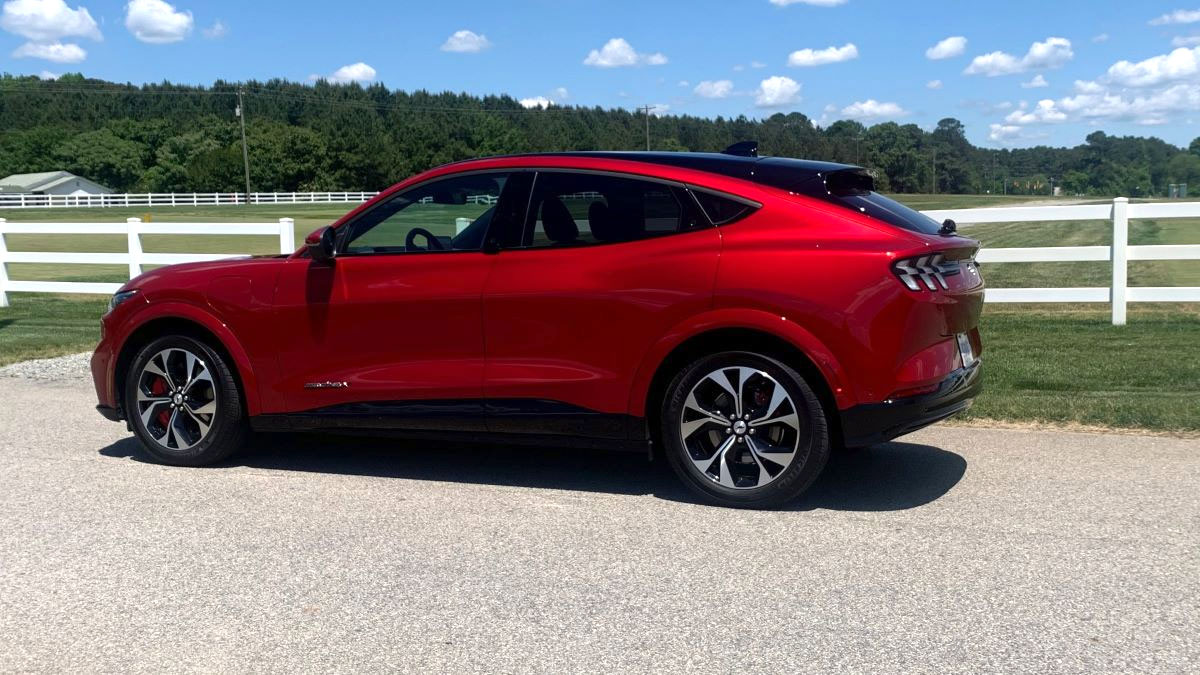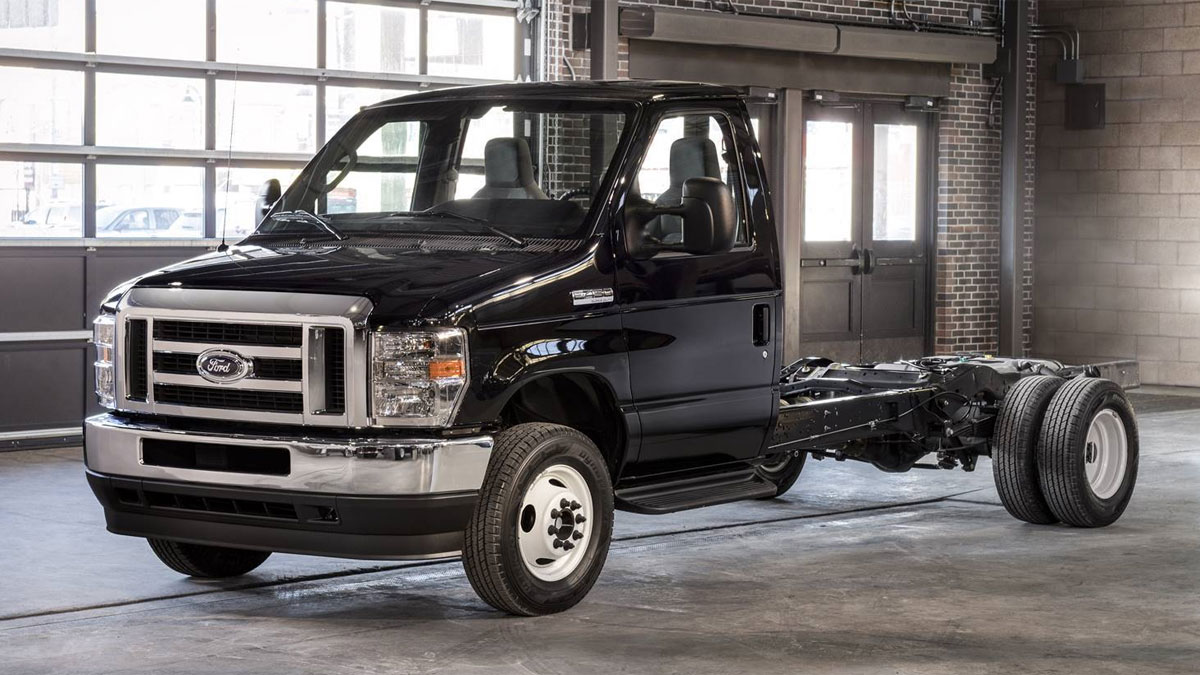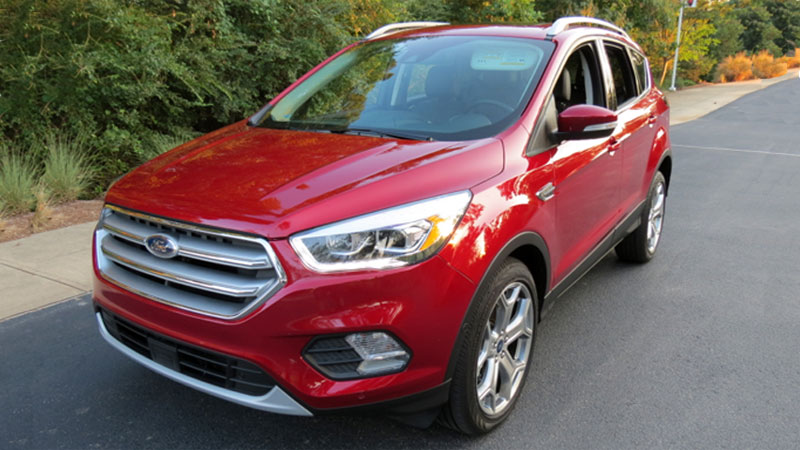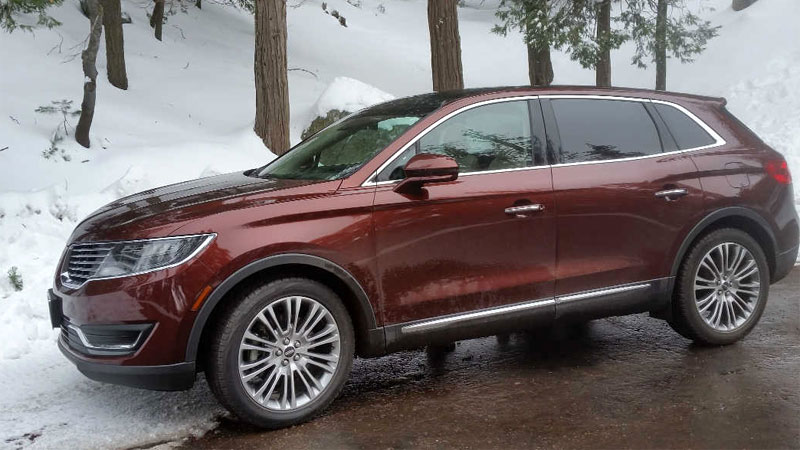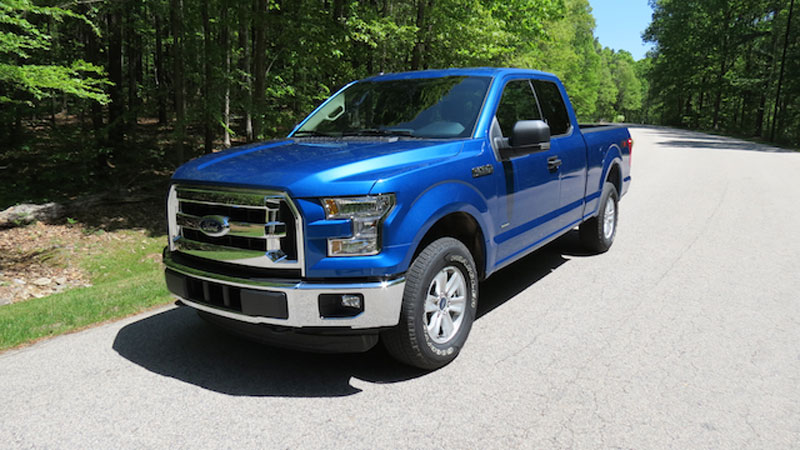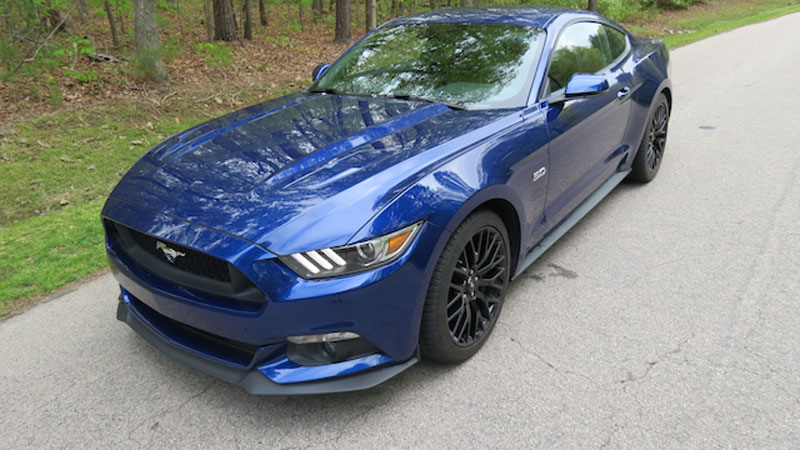2021 Ford Mustang Mach-E (Electric Pony Car SUV?)
The Mustang line now includes the Mach-E CUV EV. Ford finally did it. The automaker figured out another way to harness the Mustang name to produce an entirely different model. In this case, it is the Mach-E, an all-electric crossover. We’ve long thought that a four-door variant would be an … Read more

